Fruits and vegetables are considered one of the two brightest spots in agricultural exports. However, to export fruits and vegetables sustainably and for the long term, there are still many problems that need to be overcome.
 |
| Durian is a major export item in recent times. |
Fruit and vegetable exports flourish
As one of the major fruit and vegetable exporters in the industry, Mr. Nguyen Dinh Tung, General Director of Vina T&T Company, said that after the Protocol on phytosanitary requirements for durian exported from Vietnam to China was signed, Vina T&T was one of the first 25 enterprises to have a packing plant code and growing area. The enterprise effectively exploited this advantage and regularly exported 1 container of durian to the billion-people market every day.
Recently, coconuts have been officially exported to China and the US. This product returning to “difficult” markets is good news for coconut farmers and businesses, Mr. Tung shared,
Vina T&T General Director revealed that currently, the company exports about 16-20 containers of coconuts to the US each month and is preparing for the first orders in the Chinese market. Thanks to that, up to now, Vina T&T's revenue has increased by more than 40%, and the selling price is also at a relatively high level. This is the year of bumper harvest in the past 5 years.
Along with Vina T&T, this year is considered a "bumper" year for the Vietnamese fruit and vegetable industry. The latest statistics from the General Department of Customs show that in the first 11 months of 2023, fruit and vegetable exports reached nearly 5.2 billion USD, an increase of 70.3% over the same period last year. This is the main export commodity group with the most impressive growth rate. Notably, although there is still 1 month left until the end of the year, the export turnover of fruits and vegetables has set a record when it reached the 5 billion USD mark for the first time.
 |
| Investment in deep processing is needed to increase the export value of fruits and vegetables. |
Regarding the export market, China continues to hold the number 1 position with a turnover of more than 3.4 billion USD (as of the end of November), an increase of 149% over the same period last year (equivalent to an increase of more than 2 billion USD) and accounting for about 65.4% of the total export turnover of this item of all countries.
Opportunities for exporting fruits and vegetables to China are continuing to expand as at the end of the year, the Ministry of Agriculture and Rural Development (Vietnam) and the General Administration of Customs (China) have just signed a Protocol on phytosanitary requirements for fresh watermelons exported from Vietnam to China. The Protocol is a step to promote the official export of this traditional agricultural product of Vietnam and standardize regulations on agricultural exports between the two countries.
According to this Decree, fresh watermelons from Vietnam must not be contaminated with five live plant quarantine species of concern to China, including fruit flies Bactrocera correcta, Bactrocera zonata, Bactrocera latifrons, aphids Phenacoccus solenopsi and bacteria Acidovorax avenae subsp.citrulli; leaves or soil.
All growing areas and packing facilities for watermelons exported to China must be registered and approved by both the Ministry of Agriculture and Rural Development and the General Administration of Customs of China. The growing areas must apply Good Agricultural Practices (GAP); and the monitoring of the growing areas and packing processes at the packing facilities must be ensured.
Packing facilities must establish a traceability system to ensure that fresh watermelons exported to China can be traced back to the growing area that has been assigned a code.
Vietnamese watermelon shipments will be imported through all Chinese ports authorized by the General Administration of Customs of China to import fruits; must undergo 2% plant quarantine sampling and must comply with China's national food safety standards.
Thus, up to now, Vietnam has exported fruits and agricultural products under the protocol to China including: mangosteen, black jelly, durian, banana, sweet potato, watermelon.
Need to aim for sustainable exports
Besides favorable factors, our country's fruit and vegetable industry still faces many difficulties and challenges as more and more countries erect technical barriers.
For example, with durian, Mr. Dang Phuc Nguyen, General Secretary of the Vietnam Fruit and Vegetable Association, shared that Vietnam's durian export turnover to China has grown strongly in recent times, but is still low compared to Thailand and Malaysia. Considering the total import volume of the market of 1.4 billion people, the market share of Vietnamese durian currently accounts for only 5%, the rest is Thai and Malaysian goods.
In particular, Thailand has recently raised the standards for durian exports, specifically increasing the dryness of durian pulp from 32% to 35% and monitoring each shipment to ensure it meets the required standards. This poses many challenges for durian farmers and Vietnamese businesses. Therefore, the Vietnam Fruit and Vegetable Association recommends that people consider sustainability and improve product and variety quality.
Or with coconut products, according to the Vietnam Coconut Association, China is also about to allow Vietnam to officially export coconuts. This is a fruit that is expected to quickly become a billion-dollar export item in the near future. However, there are currently only about 20 businesses that have invested properly and researched the coconut industry thoroughly. Other small businesses often do not have in-depth market research. Therefore, when China opens its doors, it is necessary to strictly control coconut exports to ensure prestige with the neighboring country.
Mr. Nguyen Dinh Quy, General Director of Thanh Cong VINA Import-Export Company Limited, shared that in reality, businesses have come to the US, Japan, and South Korea markets and their standards are very strict, there is no such thing as a “easy” or lenient market. Therefore, exported agricultural products must ensure quality. It is necessary to propagate to the people to grow properly and with the right quality.
In particular, many opinions say that investing in processing organic products, especially conquering demanding markets, will help our country's fruit and vegetable industry grow more effectively and sustainably.
Typically, at An Giang Vegetable and Food Joint Stock Company, thanks to deep processing, meeting the standards for official export, the company's products are not enough to sell because partners such as Japan and the EU are quite fond of them.
According to the Ministry of Agriculture and Rural Development, in order to export to large markets, Vietnamese fruits and vegetables must fully meet the high standards of the US and EU markets. Therefore, in addition to ensuring quality, Vietnamese agricultural products need to focus on developing modern processing technology, suitable for small and medium scale. In addition, people also need to focus on growing crops according to the direction of local authorities, helping to concentrate growing areas, increase processing rates and meet the demand for product diversification.
( According to nhandan.vn )
.
Source








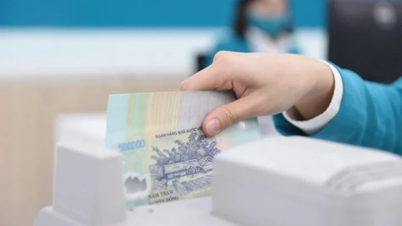












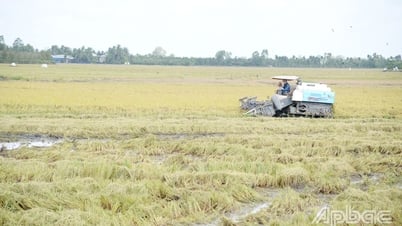
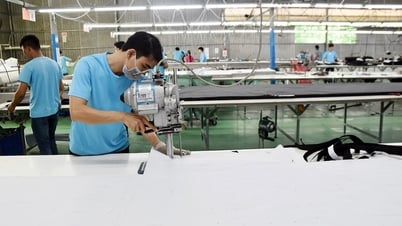






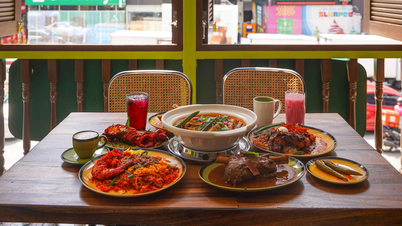








































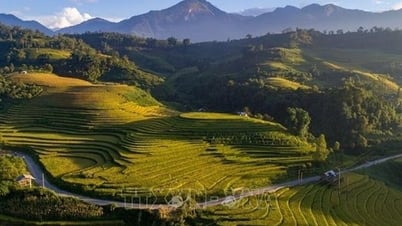












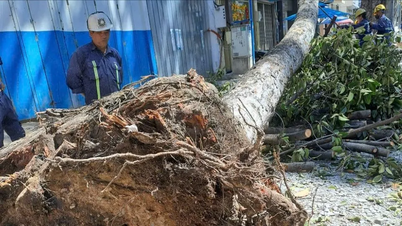





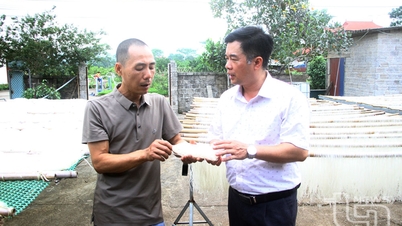



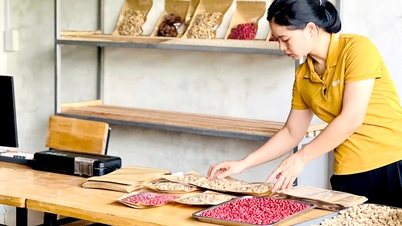










Comment (0)